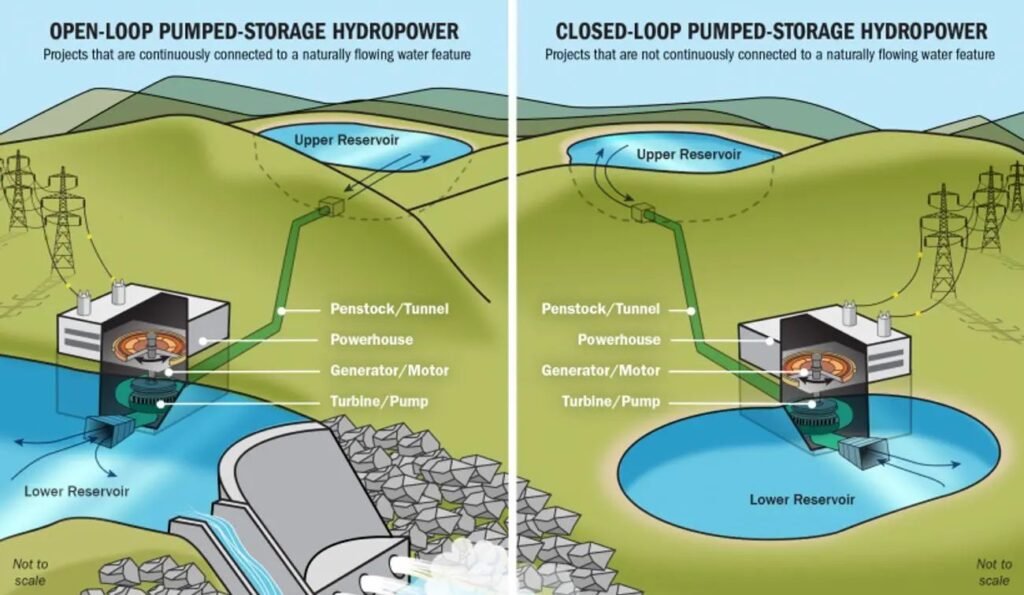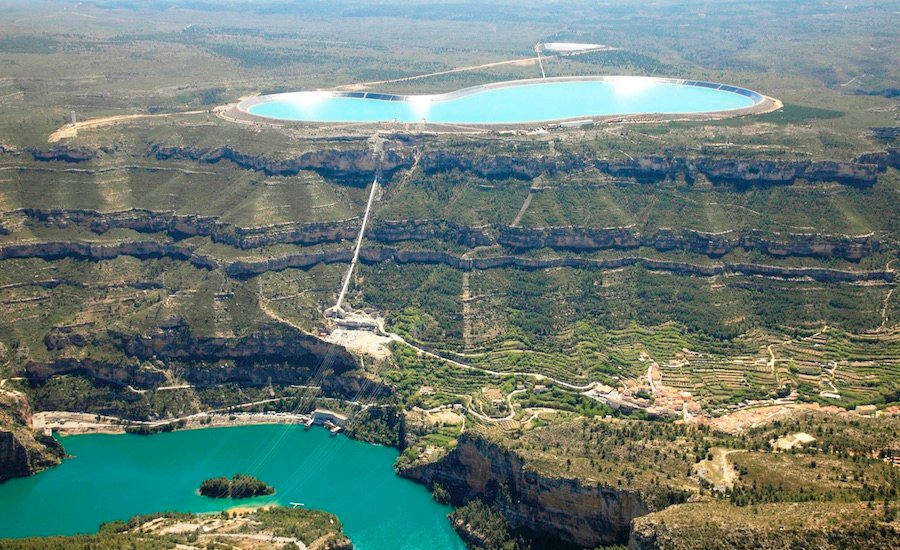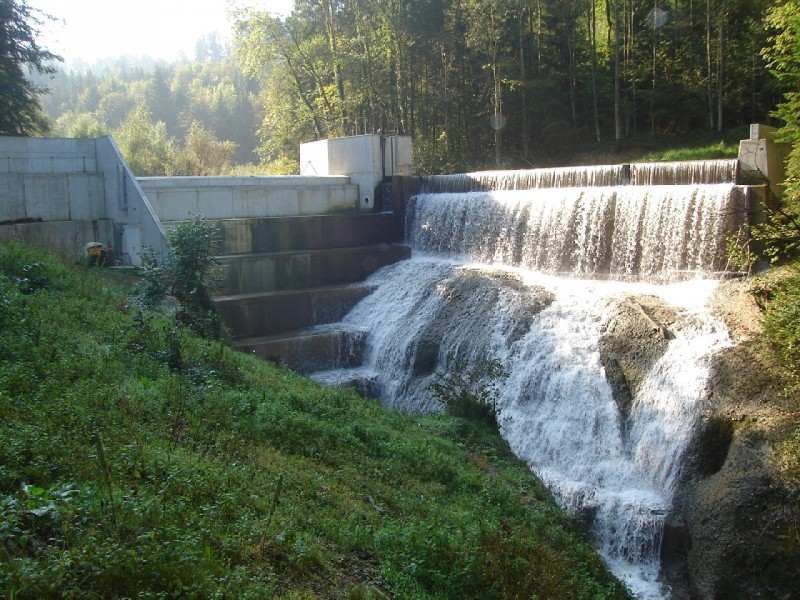Water batteries also known as pumped storage hydropower is the most dominant form of energy storage on the electric grid today. It also plays an important role in bringing more renewable resources on to the grid.

Water batteries are made of two big pools of water, one high above the other, that act like an hourglass to provide power. They’re some of the biggest batteries on Earth.
When other energy sources like solar and wind make more electricity than nearby homes need, that extra power pushes water up into the water battery’s top pool where it waits, “charging” the water battery.
Then, when needed—like during a grid-gutting heat wave — the water is released from that top pool and flows down, spinning a turbine that creates electricity to power your lights, refrigerator, or other essentials.

These batteries can address the intermittency of solar and wind energy on cloudy and still days, thus making sure that clean energy is considered a reliable energy.
Pumped storage hydropower provides 93% of U.S. energy storage. In 2021, 18 states and all major regions of the United States use pumped storage hydropower to store energy.
Water batteries are the most efficient large energy storage system currently available — a good 80% of what goes up, comes back down.

The first use of pumped storage was in 1907 in Switzerland, at the Engeweiher pumped storage facility near Schaffhausen, Switzerland. A century later, water batteries still provide energy at a low price.
Reference- U.S. Department of Energy Article, Wikipedia, Clean Technica






